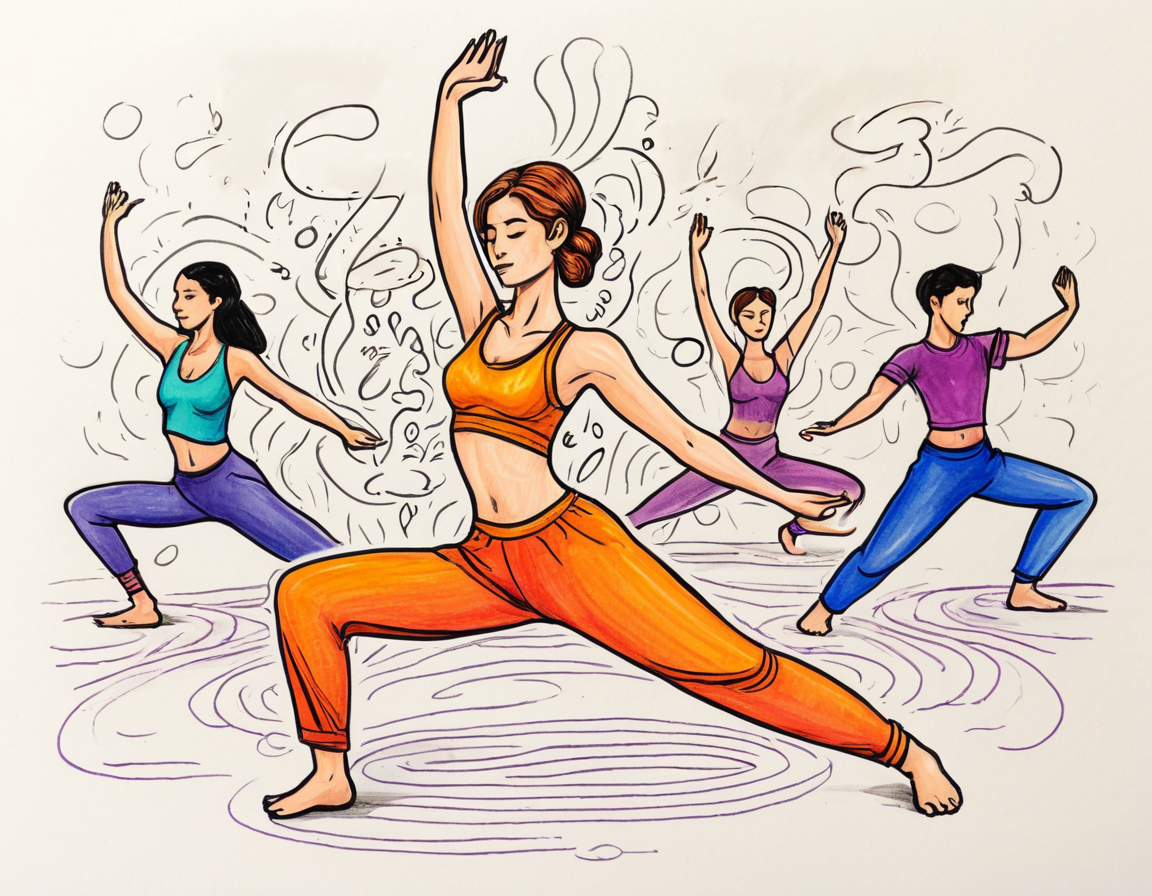
In a world often characterized by chaos and noise, the quest for inner peace and tranquility becomes increasingly paramount. While traditional meditation practices like sitting in silence or focusing on breath are widely known and practiced, there exists another avenue to achieve serenity: dance. Dance, beyond its role as entertainment or exercise, has long been recognized as a profound form of meditation, offering a pathway to inner peace through rhythmic motion.
At its essence, meditation seeks to quiet the mind, allowing individuals to become fully present in the moment. Dance, with its rhythmic patterns and physical expression, facilitates this process by engaging both mind and body in harmonious synchronization. Unlike traditional meditation, which often requires stillness, dance invites movement as a means of accessing a meditative state.
One of the most captivating aspects of dance meditation is its universality. Across cultures and civilizations, dance has been utilized as a tool for spiritual transcendence and self-discovery. From the whirling dervishes of Sufi mysticism to the sacred dances of indigenous tribes, the act of dancing has served as a conduit for connecting with the divine and accessing higher states of consciousness.
Incorporating dance into one's meditation practice offers a dynamic alternative for those who struggle with the rigidity of traditional methods. The fluidity of movement allows individuals to express themselves authentically, transcending verbal communication and accessing deeper layers of emotion and awareness. Whether it's swaying gently to ambient music or engaging in vigorous ecstatic dance, the experience of dance meditation is as diverse as the practitioners themselves.
Moreover, dance meditation offers a holistic approach to well-being, addressing not only the mental and emotional aspects of self-care but also the physical. As participants move their bodies in rhythm, endorphins are released, promoting a sense of euphoria and vitality. Additionally, the act of dancing promotes cardiovascular health, improves flexibility, and enhances proprioception, the body's awareness of its own position and movement in space.
One need not be a trained dancer to reap the benefits of dance meditation. Unlike formal dance performances, which may prioritize technique and aesthetics, dance meditation is inherently personal and inclusive. It welcomes individuals of all ages, abilities, and backgrounds to explore movement as a means of self-expression and self-discovery.
In today's fast-paced world, where stress and anxiety are pervasive, the practice of dance meditation offers a refuge—a sanctuary where one can retreat from the noise of the external world and reconnect with the rhythms of the inner self. Through the gentle swaying of hips or the graceful extension of limbs, participants find solace in the present moment, releasing tension and cultivating a sense of inner peace.
Furthermore, dance meditation fosters a profound sense of interconnectedness, both with oneself and with others. In group settings, participants may synchronize their movements, creating a collective energy that transcends individual boundaries. This sense of unity and harmony reinforces the notion that we are all connected by a shared human experience—a realization that can be deeply transformative and healing.
As with any meditation practice, consistency is key to experiencing the full benefits of dance meditation. By incorporating regular sessions into one's routine, individuals can cultivate greater mindfulness, resilience, and emotional well-being. Whether practiced alone or in community, dance meditation offers a sacred space for self-reflection, renewal, and growth.
In conclusion, dance as a form of meditation provides a powerful pathway to inner peace and self-discovery. Through rhythmic motion and mindful awareness, individuals can quiet the mind, release tension, and cultivate a profound sense of presence and connection. In a world that often feels chaotic and fragmented, dance meditation offers a sanctuary—a sacred space where body, mind, and spirit unite in harmony.